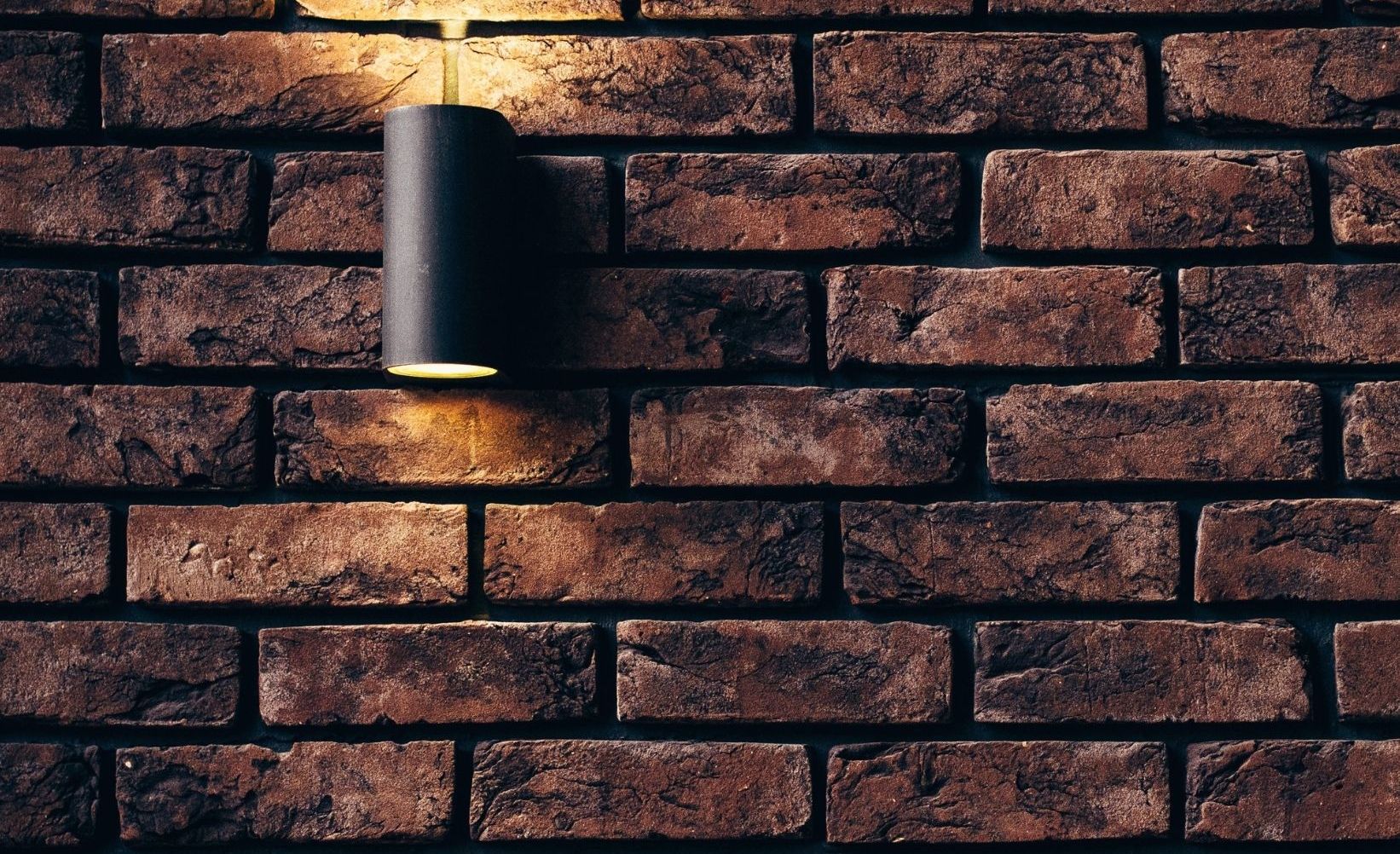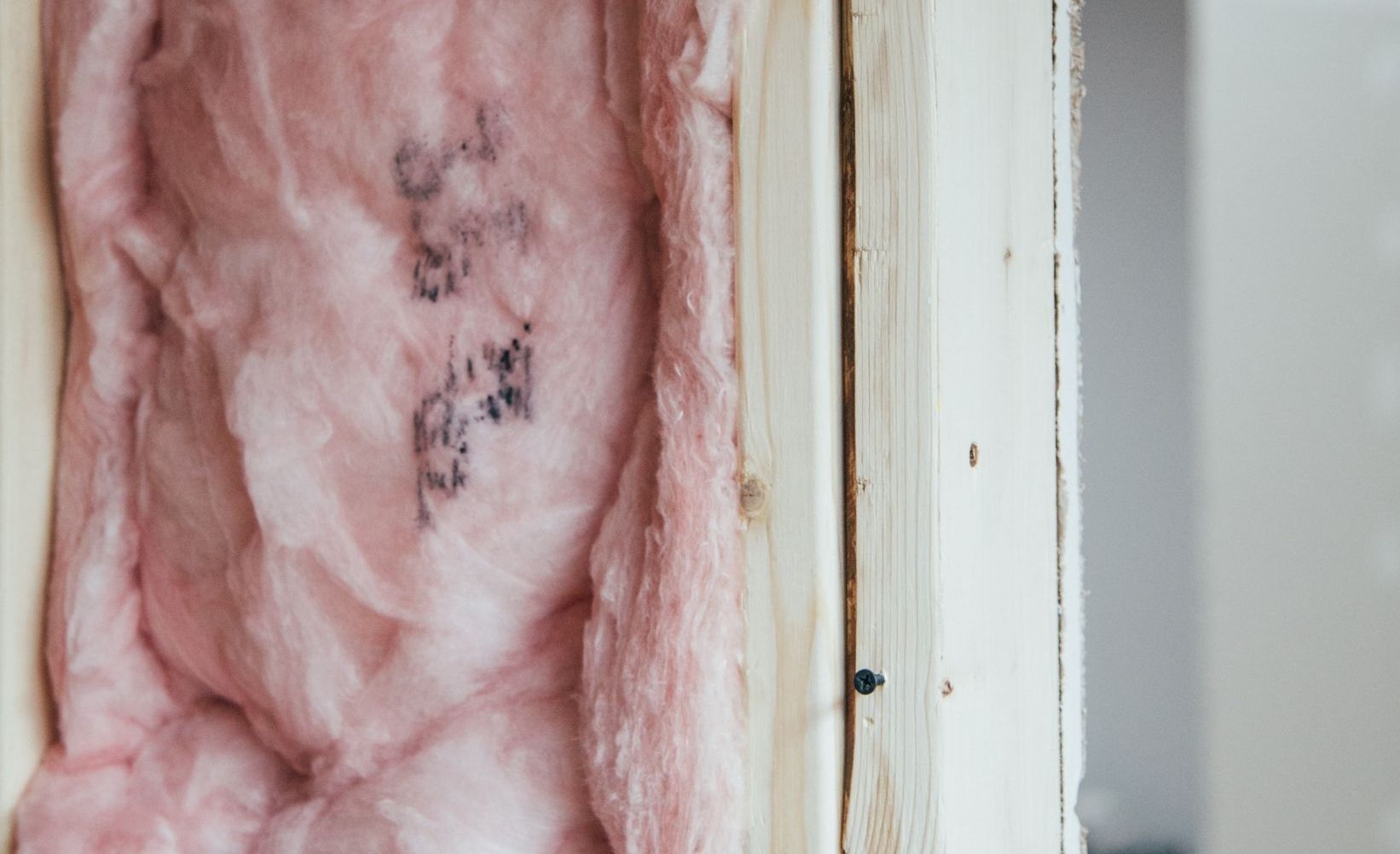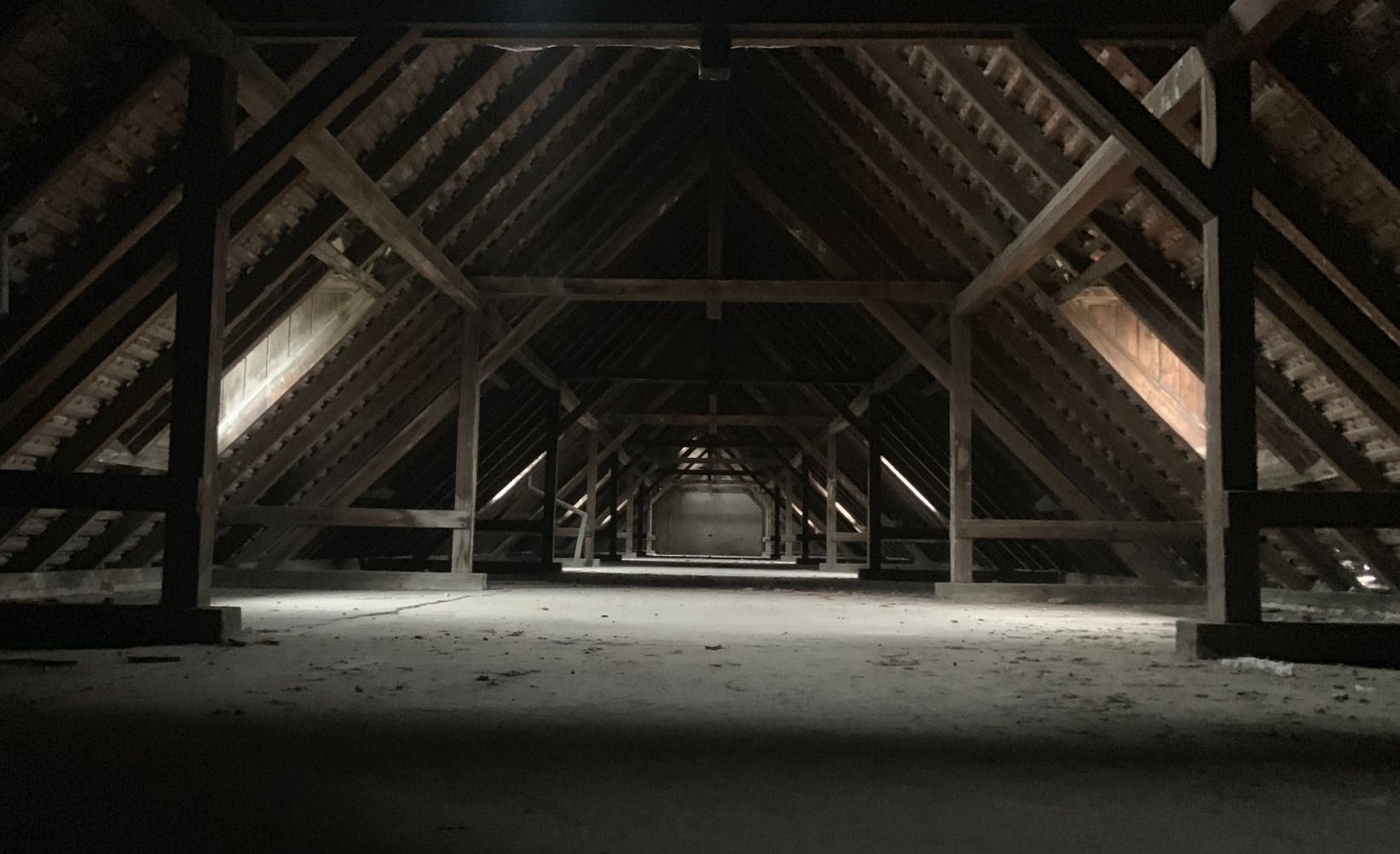Your Complete Guide To The Different Types Of Insulation
Investing in different types of home insulation can help you to save money and reduce your carbon footprint - two factors that are more important than ever at the moment. With energy bills rising and the climate crisis escalating, finding the right types of insulation for your home can help you to save money in the long term, and do your bit to fight rising carbon emissions.
There are various benefits and savings associated with the different types of insulation, including wall insulation, floor insulation, and attic insulation, which we provide more detail on below.
What Are The Different Types Of Wall Insulation?

There are two different types of wall insulation: solid wall insulation and cavity wall insulation.
Types Of Solid Wall Insulation
Houses built before the 1930s were constructed with solid walls. This means that there’s no cavity inside the walls to house insulation; instead, the insulation material needs to be installed either internally or externally.
Internal Wall Insulation
Types of internal wall insulation include:
- Rigid insulation boards, such as expanded polystyrene (EPS) and extruded polystyrene (XPS) - XPS has a slightly higher thermal properties, but both types of insulation can make a cost-effective, highly energy-efficient choice
- Dry lining (also sometimes referred to as drywall insulation), which is typically covered with plasterboard to create a smooth finish that can be decorated to your preference
- Insulating plaster - made from lime or gypsum, this enhanced form of plaster has natural insulating properties
External Wall Insulation
External wall insulation is fitted to the outside walls of a house, which is then typically held in place with a wooden lattice. Then, cladding is placed over the top to finish the process. Not only can this significantly lower your home’s carbon footprint, but it could also help to improve the appearance of your home.
Benefits Of Solid Wall Insulation
Installing solid wall insulation in your home helps to prevent too much excess heat and carbon dioxide being lost through the walls, meaning you shouldn’t need to rely on your central heating quite as much. As a result, both internal and external solid wall insulation can lead to significant reductions in your annual energy bills, and in your home’s carbon dioxide emissions.
According to data from the Energy Saving Trust, the annual energy bill savings in Northern Ireland associated with solid wall insulation could be equivalent to:
- Є413 per year for a detached property
- Є248 for a semi-detached property
- Є154 for a mid-terrace house
- Є165 for a bungalow
- Є124 for a mid-floor flat
And when it comes to annual reductions in carbon emissions, these could be up to:
- 2,050kg for a detached house
- 1,230kg for a semi-detached property
- 780kg for a mid-terrace
- 820kg for a bungalow
- 610kg for a mid-floor flat
Types Of Cavity Wall Insulation

Properties built from the 1920s onwards tend to have cavity walls, which means they have an inner leaf and an outer leaf, with a gap or cavity in between. The most common types of insulation for cavity walls are:
- Blown mineral fibre insulation, such as fibreglass insulation, which can be a great cost-effective option
- EPS polystyrene beads - with this insulation method, water-repellent expanded polystyrene beads being blown into the wall cavity to provide insulation
Benefits Of Cavity Wall Insulation
Cavity wall insulation can have a lifetime of 20-25 years when installed properly, with the cost of installation paying for itself in just a few years, making this a great energy-efficient investment for your home.
Statistics from the Energy Saving Trust show that in Northern Ireland, the cost of installing cavity wall insulation comes in at around Є720 for a detached house, Є561 for a semi-detached property, Є460 for a mid-terrace, Є543 for a detached bungalow, and Є407 for a mid-floor flat. This cost is offset by the annual energy bill savings, which can come in at:
- Є301 for a detached house
- Є183 for a semi-detached property
- Є112 for a mid-terrace
- Є124 for a detached bungalow
- Є88 for a mid-floor flat
Installing cavity wall insulation can also lead to significant reductions in a property’s annual carbon emissions of up to:
- 1,500kg for a detached house
- 910kg for a semi-detached property
- 570kg for a mid-terrace
- 610kg for a detached bungalow
- 450kg for a mid-floor flat
What Are The Different Types Of Floor Insulation?
There are different types of floor insulation depending on the kind of flooring you have, with each helping to make a room feel warmer from below, while helping to reduce your heating bills and greenhouse gas emissions. The different types of floor insulation include:
- Expanded polystyrene sheets, which are an easy-to-install option beneath suspended timber floors
- Cellulose insulation, another good suspended timber floor insulation option. Made from recycled paper sources, cellulose insulation can take the form of either insulation boards or blanket rolls
- Insulating underlay or polyfoam boards - the best option for insulating underneath carpeted floors
As well as investigating the different types of floor insulation, you should make sure that any gaps in your flooring or around skirting boards are sealed to prevent any excess heat loss - you can do this yourself with a standard sealant.
What Are The Benefits Of Floor Insulation?

The different types of floor insulation can help to significantly reduce draughts in your home; when used alongside attic insulation, they can provide all-round coverage, making your home feel noticeably warmer.
The Energy Saving Trust estimates that the cost of installing floor insulation will come in at between Є615-Є1,535 depending on the size of the area you’re insulating, the labour costs involved, and the type of floor insulation you choose. This can lead to a noticeable reduction in your annual heating costs, with figures for Northern Ireland suggesting this could be as much as:
- Є83 for a detached house
- Є47 for a semi-detached property
- Є35 for a mid-terrace
- Є70-76 for a bungalow
Floor insulation can also help to cut your home’s excess carbon dioxide emissions, with these coming in at:
- 410kg for a detached house
- 245kg for a semi-detached property
- 160kg for a mid-terrace
- 365-375kg for a bungalow
What Are The Different Types Of Attic Insulation?
Before investing in loft insulation, you need to think about the size of the space, how well supported it is, and what you tend to use the space for; if you use your loft for storage and your insulation will need to take a lot of weight, this may influence your insulation choice.
The best insulation for attic spaces includes:
- Fibreglass insulation, which is easy to install, as it simply has to be rolled out and laid onto the attic floor. Bear in mind that you will need to protect your eyes with safety goggles and wear a mask that covers your nose and mouth when installing this type of insulation, as its fibres can be an irritant
- Cellulose insulation - as this type of insulation is made from recycled paper, it can pose a greater fire risk, so look for manufacturers that add borate or ammonium sulfate to their cellulose for a little more protection. This type of insulation can create a lot of dust during the installation process
- Spray foam insulation - this form of insulation should be sprayed by a professional onto stiff foam boards. Spray foam insulation is typically made using either polyurethane, polystyrene, or polyisocyanurate
What Are The Benefits Of Attic Insulation?

Attic insulation is relatively quick and easy to install compared to other types of insulation, and it can last for up to 40 years. Figures from the Energy Saving Trust looking at Northern Ireland show that loft insulation costs around Є466 to install in a detached house, Є354 in a semi-detached property, Є336 in a mid-terrace, and Є442 in a detached bungalow.
However, this can pay for itself in terms of annual energy bill savings in just a couple of years, with these predicted to come in at:
- Є271 for a detached house
- Є160 for a semi-detached property
- Є148 for a mid-terrace
- Є230 for a detached bungalow
In terms of carbon dioxide savings per year, the right type of attic insulation could put these at:
- 1,360kg for a detached house
- 800kg for a semi-detached property
- 730kg for a mid-terrace
- 1,140kg for a detached bungalow
How To Choose The Best Type Of Insulation For Your Home
When you’re weighing up the best type of insulation for your home, it’s important to think about what you’re currently paying for your energy bills, and how much you could potentially save. Of course, there’ll be the initial investment for installing the insulation, but this typically pays for itself within just a few years in terms of savings.
Some factors outside of your control may influence your decision, such as whether your home has solid walls or cavity walls, but ultimately you should think about how significantly you can reduce your home’s excess carbon emissions. Ireland is aiming to cut carbon emissions significantly in line with the European Union’s target to reduce greenhouse gases by 40% by 2030.
Installing different types of insulation in your home can be one of the most effective ways to reduce your carbon footprint, so if you have any questions about any of our insulation products, please visit: https://www.uvalue.ie/contact or phone: 01 861 2000.

